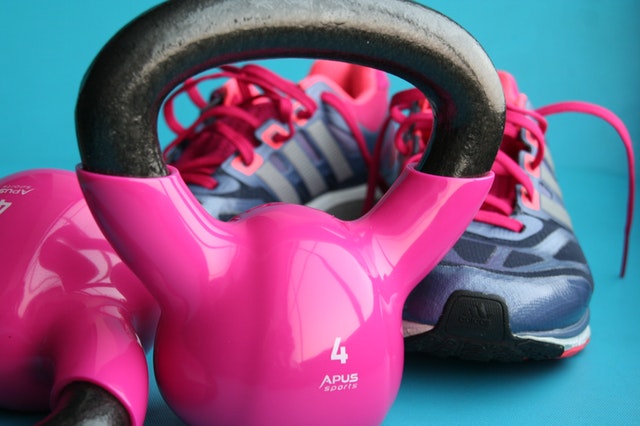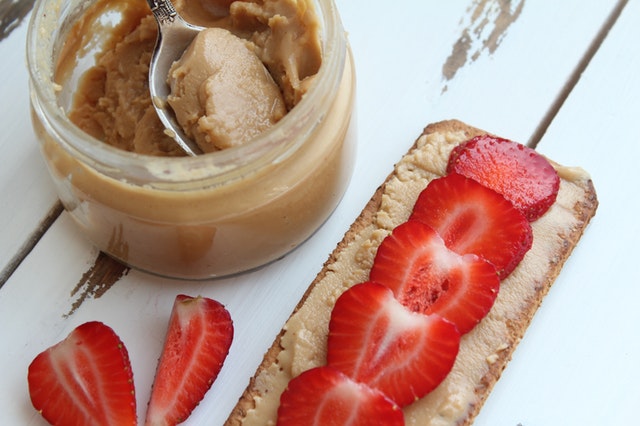Metabolism is controlled by a huge number of factors:your age, gender, height, weight, amount of muscle, and DNA. While you can’t control many of these contributors, there are other ways to boost your calorie-burning.
Cardio is essential to keep your body at peak conditions, even after your workout. After a high-intensity workout, your body burns around 200 calories above your resting metabolic rate, which is how fast you burn calories just lying around. That’s 200 calories on top of the workout you already completed! Two or three of these intense workouts weekly can lead to losing a pound of fat every two weeks.

While you might want to stay up another hour to try and burn a few more calories, sleep is extremely necessary to keep your metabolic rate at 100%. Not only does a lack of sleep lower your resting metabolic rate, it also lowers how many calories your burn breaking down your food by 20%. It also heightens your cravings, leading you to consume more food than someone who got a full night’s rest. Seven or eight hours of rest is all you need!
Women over 40 tend to packon more pounds as their metabolism slows. Menopause causes a dip in estrogen levels, which
 reduces activity in your brain that causes you to burn calories. This results in about 50 fewer calories burned per day. Combat these changes with regular weight-lifting to build muscle mass, which will burn enough calories to negate this effect.
reduces activity in your brain that causes you to burn calories. This results in about 50 fewer calories burned per day. Combat these changes with regular weight-lifting to build muscle mass, which will burn enough calories to negate this effect.
Metabolism slows at various times during the day due to low blood-sugar levels. These dips in metabolism lead to your brain breaking down tissue, including muscle, and converting it to glucose to feed the brain. Try eating small snacks throughout the day to prevent this. Blood-sugar levels lower even after eating dinner, so eating a bit before bed will keep your metabolism going even when you sleep.